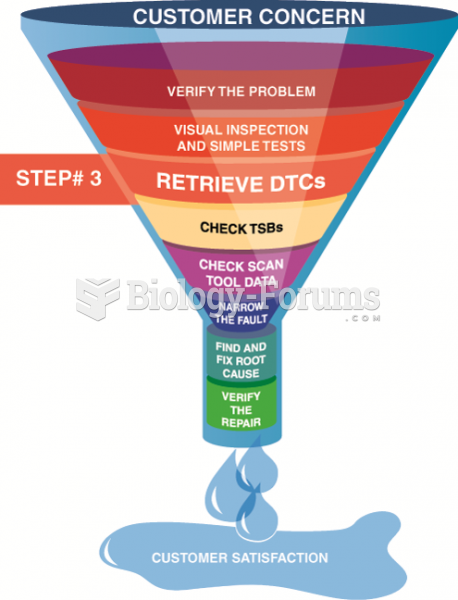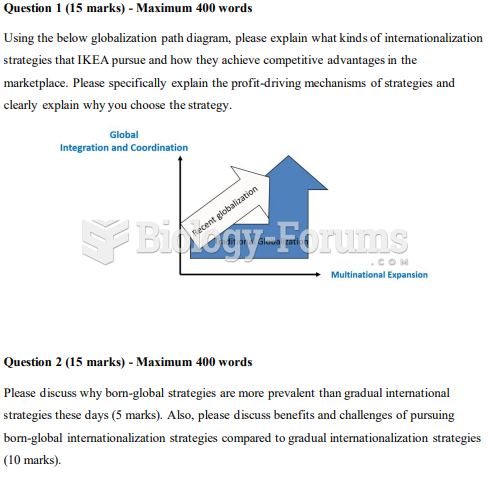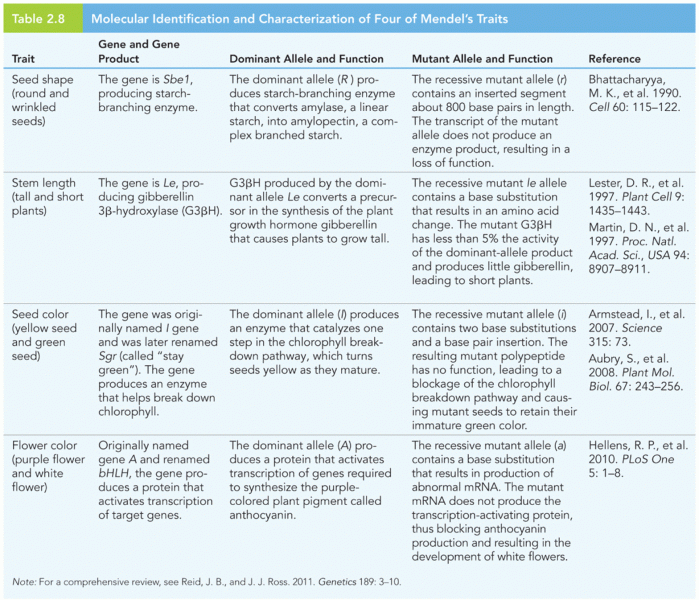Answer to Question 1
Ans: A, B, D
Feedback:
The identification of all existing and potentially dangerous situations before disasters occur is the first step in planning for an effective response. Different circumstances result in different types of injuries or illness, damage, and disruption of communication and transportation. Gathering historical data about previous disasters is helpful. Aerial photography, satellite imagery, wireless remote sensing devices, and geographic information systems are tools commonly used in hazard identification. Census data would not likely help identify areas vulnerable to damage. Planning board declarations are not data or a method of data collection.
Answer to Question 2
Ans: B
Feedback:
Natural disasters are the result of naturally occurring events that have an impact on the environment, the economy, and the people who live in the area. Emergencies are considered events that require a swift, intense response on the part of existing community resources. Disasters are often unforeseen, serious, and unique events that disrupt essential community services and cause human morbidity and mortality that cannot be alleviated unless assistance is received from others outside the community. Terrorism is defined by the United Nations as any action intended to cause death or serious bodily harm to civilians or noncombatants with the purpose of intimidating a population or compelling a government or an international organization to do or abstain from doing any act. Accidental incidents (or disasters), broadly defined, are those that happen as a result of circumstantial factors (e.g., road conditions, human error, and physical plant deterioration) and are usually not deliberate.







